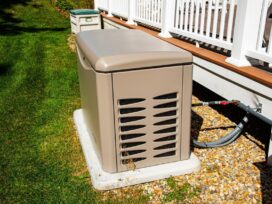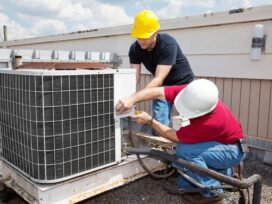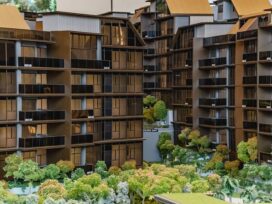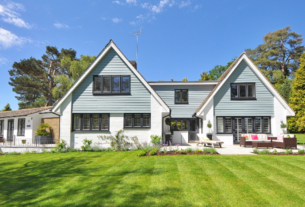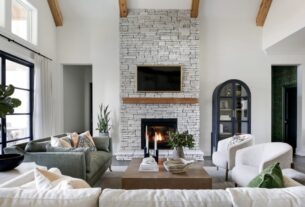
The Impact of Roof Design on Attic Ladder Installation in Australian Homes
Installing an attic ladder may greatly improve your attic’s utility by turning it into a useful room for extra living quarters or storage. However, the difficulty and viability of building an attic ladder depend greatly on the shape of your roof. Knowing how various roof styles affect the installation of attic ladders can help you make wise choices and guarantee a job well done.
Different Roof Design Types
- Gable Roof
In Australia, gable roofs are among the most popular roof styles. They have two sloping sides that create a triangle when they come together at a ridge. This design often makes it easy to build attic ladders, as it offers plenty of attic space and simple access. The roomy interior enables effective use of the space and a range of attic storage alternatives.
- Hip Roof
Hip roofs are composed of four slopes that meet at a single apex. Hip roofs are physically sound and visually beautiful, but because of their little inner area, installing an attic ladder might be challenging. Because of the sloping sides, which restrict headroom, it is important to carefully determine where to install the ladder in order to enable easy and safe access.
- Flat Roof
While they are less popular in residential buildings, flat roofs are nevertheless a feature of contemporary architectural styles. The lack of room on flat roofs to accommodate a standard attic makes installing an attic ladder difficult. Professional assistance is crucial since, where feasible, the installation may need to be modified in order to establish a proper access point.
Installing an Attic Ladder
- Integrity of Structure
Despite the style of your roof, it is essential to ensure that your attic area is structurally sound. The attic floor has to be sturdy enough to support the ladder and any foot activity. The roof framework should also be examined to choose the ideal spot for creating an access aperture.
- Safety and Access
The attic ladder should be installed in a place that allows for easy and secure access. This entails staying away from locations that have ducts or obstructed beams and making sure there is enough room for the ladder to stretch all the way. Speak with an expert to determine the best location for the ladder in houses with intricate roof designs.
Improving Roof Ventilation to Increase Attic Usability
- Australia’s Finest Solar Roof Ventilation
A healthy attic climate must be maintained by proper ventilation. By putting in the best solar roof ventilation in Australia, you may safeguard your roof’s structure and stored goods by controlling temperature and minimising moisture accumulation. Solar-powered ventilators are a great option for Australian houses since they are both ecologically and energy-friendly.
- Installation of Roof Vents
Installing roof vents should be taken into consideration while scheduling the installation of an attic ladder. Good ventilation prevents moisture and heat accumulation, which enhances the usage of your attic space. Given Australia’s varied climate, where high temperatures may have an impact on the attic environment, this is particularly crucial.
- Natural Lighting
Natural illumination in your attic may improve its usefulness in addition to ventilation. As mentioned in the relevant item, installing solar skylights gives the room natural light, which enhances the area’s ambiance and lessens the need for artificial lighting.
Conclusion
The way your roof is designed has a big influence on how you build an attic ladder. Understanding the subtleties of various roof forms, such as gable, hip, and flat roofs, makes planning and carrying out a successful installation easier.
The usefulness and comfort of your attic space may also be increased by including elements like solar roof ventilation and considering roof vent installation. You can use your attic for storage or extra living space and increase the value of your Australian house by considering these considerations.
